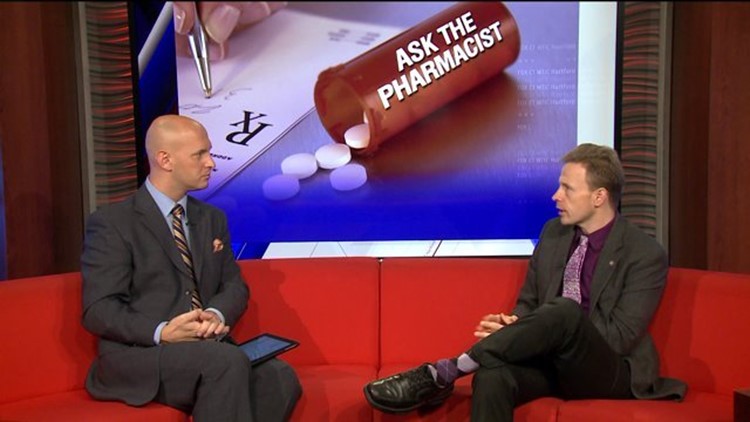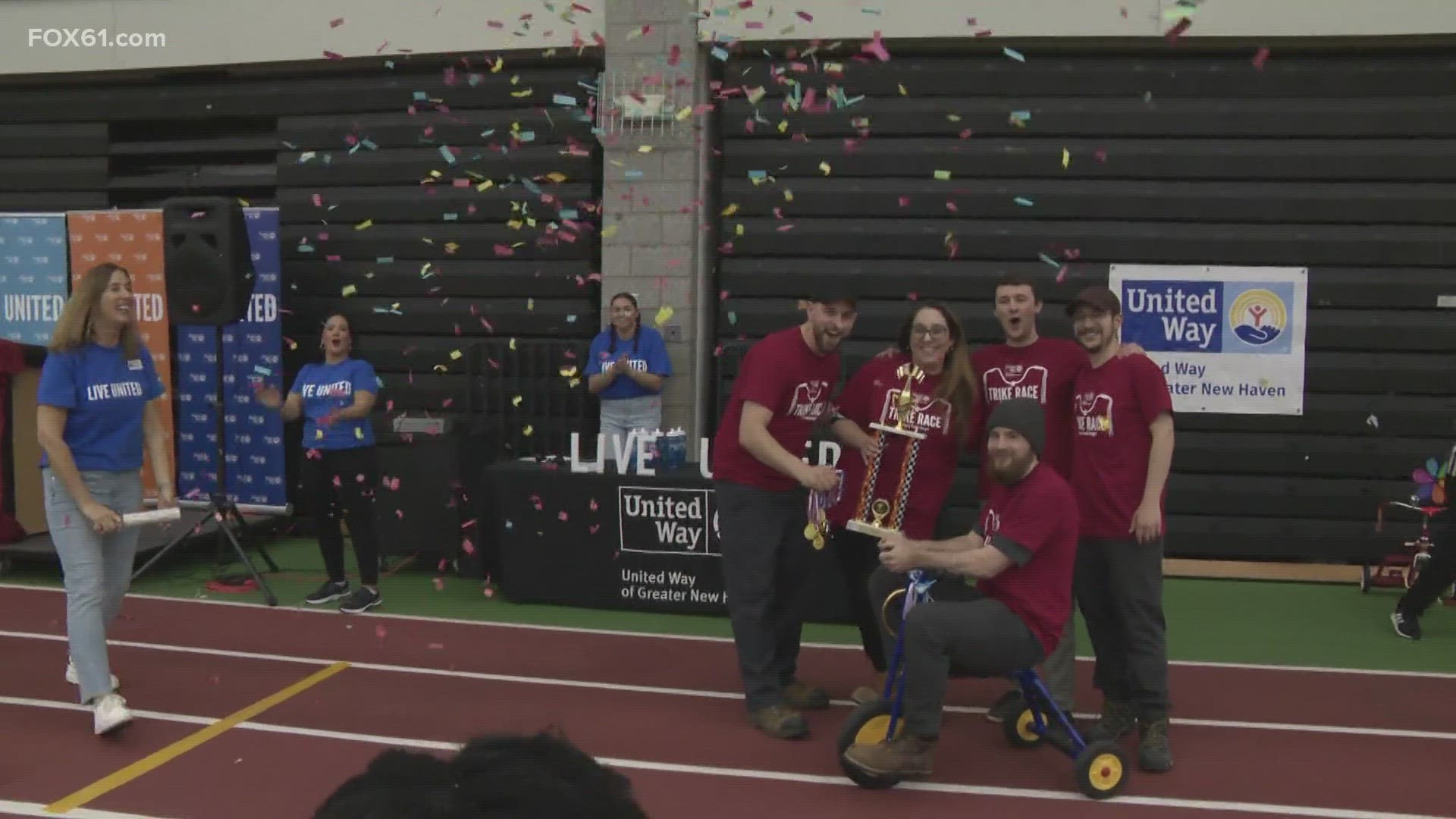Traditionally, the pharmacist filled prescriptions and gave advice to patients who had a disease or disorder so they could use their drugs correctly. Population health interventions impact not just the person who has a disease or disorder receiving the service but the entire US population. Recent major public health interventions include vaccinations, syringe sales to IV drug abusers, and drug take back events.
Before 2007, hardly anyone received vaccinations from their pharmacist but there are now over 150,000 pharmacists certified to provide immunizations in the Unites States. In Connecticut, pharmacists can provide all adult vaccines, although some specialize on influenza and shingles vaccine. Pharmacies are second only to physician offices in providing influenza vaccines to people in the country with approximately 20% of the population getting their vaccines from pharmacists. Why are more immunizations occurring in stores, well first, the stores are open almost 70 hours per week so access can occur at the time the patient chooses. This is especially true of lower-income patients without insurance or who will lose a day’s pay by going to the doctor’s office.
There are over 400,000 IV drug abusers in the United States and they can go through over 60 syringes a month. If they cannot access clean syringes, they re-use their old ones or share needles with another person. This increases the risk of hepatitis, HIV, and sepsis with over one-third of HIV cases due to unclean syringes. Connecticut passed a law in the late 1990s which allowed people the ability to buy up to 10 syringes at a time without a prescription in the hopes that people would have access to clean needles and not contract these diseases. They also allowed needle exchange programs to be created in the State. When they looked at the impact of this legislative change they found that IV drug abusers who would access the needle exchange programs were different from those accessing the pharmacies so the two-pronged approach was an effective strategy. In addition, because pharmacies are open for most of the day or 24 hours, they were open at the time when people were more at risk of reusing needles. Originally, 52% of people shared a needle in the past month while only 32% shared a needle after the law was passed. They estimated that over 14,000 cases of hepatitis or HIV were prevented over the course of the trial and they found no increase in the number of doses of IV drugs used or the number of users as a result of the program.
By Dr Michael White, UCONN School of Pharmacy.



